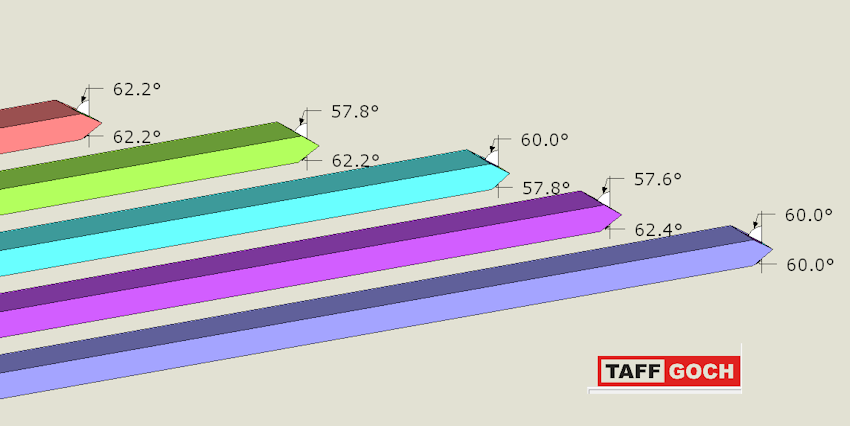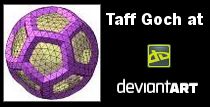Making a 3v timber Kruschke dome
Making a geodesic dome from conduit is simple as well as forgiving when it comes to precision. The same cannot be said of timber domes.
A timber dome made from standard lumber such as 2″ X 4″ or 2″ X 6″ requires a high degree of precision in its construction. If you are off by a fraction of an inch or a degree or two in the cutting angles, the errors compound and the project becomes a nightmare.
In either conduit or lumber/timber construction, you can use the calculators on Domerama to get strut lengths for Kruschke geodesic domes, but you will need to read through this section to obtain the cut angles for a lumber/timber version.
Many angles, many cuts
One complexity for a timber dome are the angles required to cut, and they are numerous. The axial (or “bend” angles) are the same at each end for a certain strut, but “bevel” angles (blade tilt angle) are not always the same on some struts, meaning you cannot simply turn the strut around and use the same blade tilt angle setting. The images below show the different angles for each strut length.
Axial angles
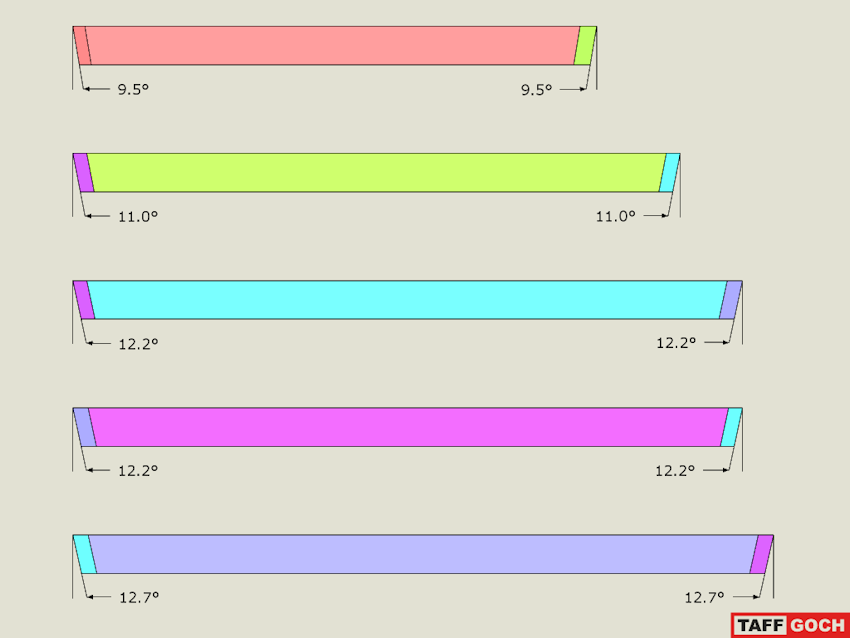
Types of cuts
Mitre saws and radial arm saws are similar but also differ in certain respects. The first thing to understand are the types of angles either saw can do.
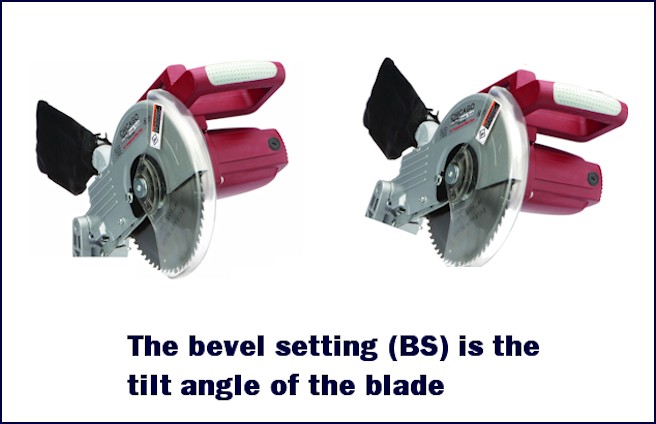
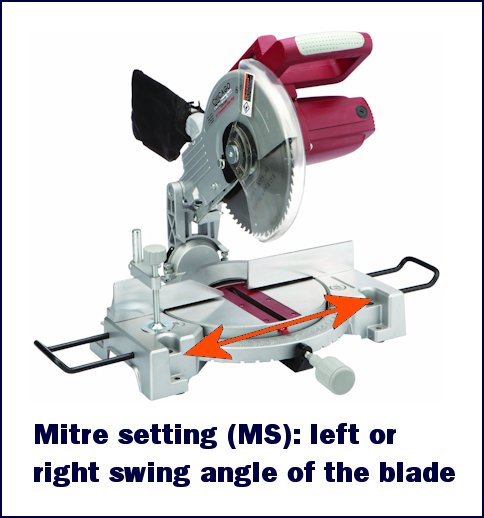
You need to make another set of cuts if you are not using a hub system. In other words you must make compound cuts at each and every end of every strut as shown below.
Bevel angles, left side
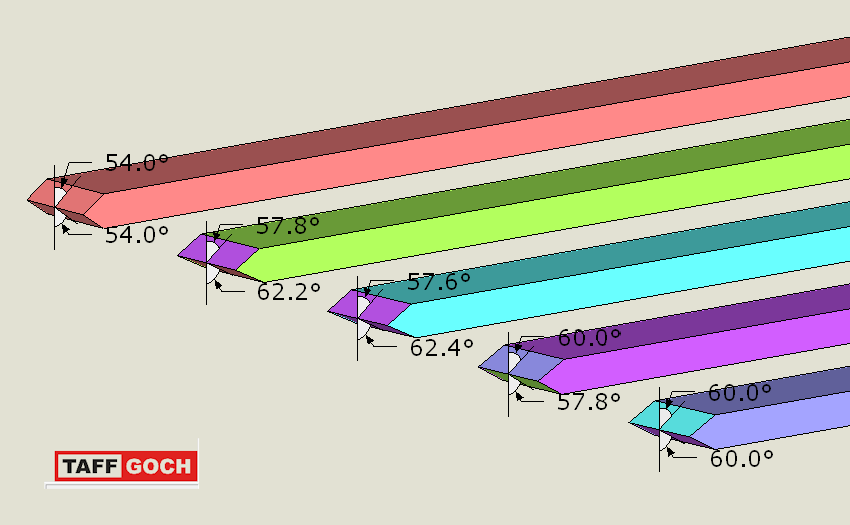
Bevel angles, right side
A geodesic dome that utilizes the Kruschke method (main reason is to have a flat base) will require 4 different strut lengths. The same is also true if you build this geodesic dome from wood, except that the “C” strut length requires different cut angles.
In reality, the “C” strut is C1 and C2; same length, different angles. But if you use a hub system to join the struts, this would not be true since hub systems only require one cut, the Axial angle or “bend”.
Diagram of a Kruschke timber geodesic dome
Because a Kruschke geodesic dome made out of lumber/timber requires an extra strut type (strut C becomes C1 and C2), the assembly diagram also changes. See below for the pattern that is repeated 5 times in a 5/9 Kruschke dome. Note that the difference between a 4/9 and a 5/9 version is that the 4/9 has one less row at the bottom, but both are flat at their base.
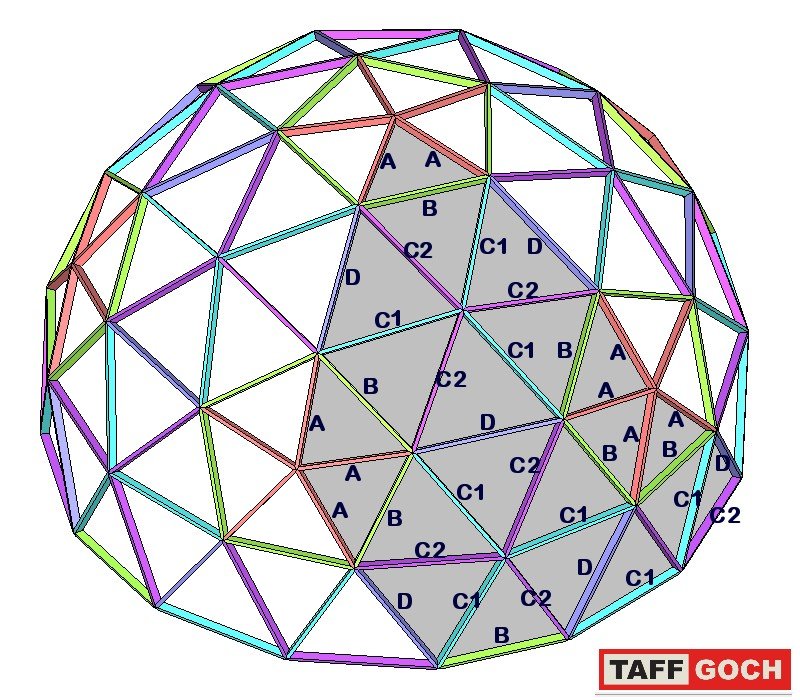
And if that wasn’t complicated enough…
The Kruschke method does result in a flat base at truncations of 4/9 or 5/9. If you use conduit you will have a nice flat bottom ring. But if you build your geodesic dome out of lumber/timber, it’s not technically flat on the surface of the strut: there is a tilt of the base struts as shown below.
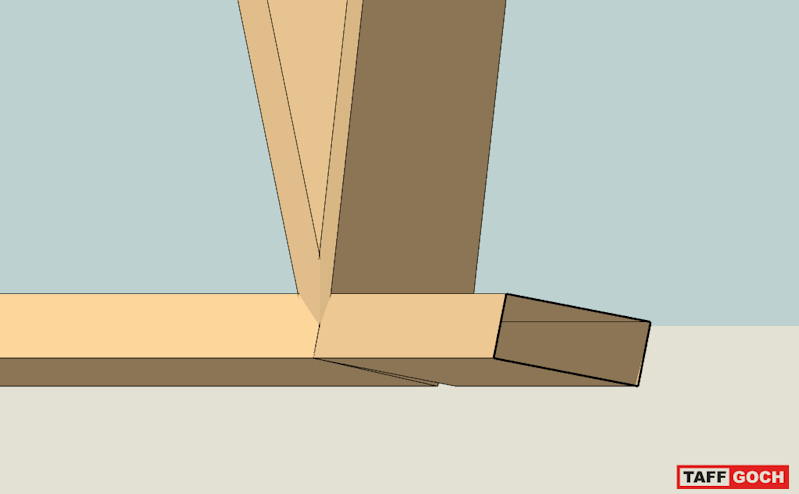
Kruschke Sketchup model
For a very detailed presentation on how to build a Kruschke lumber/timber geodesic dome, click here to download the model
Many other geodesic models created by TAFF are available for viewing and download by clicking on the images below

